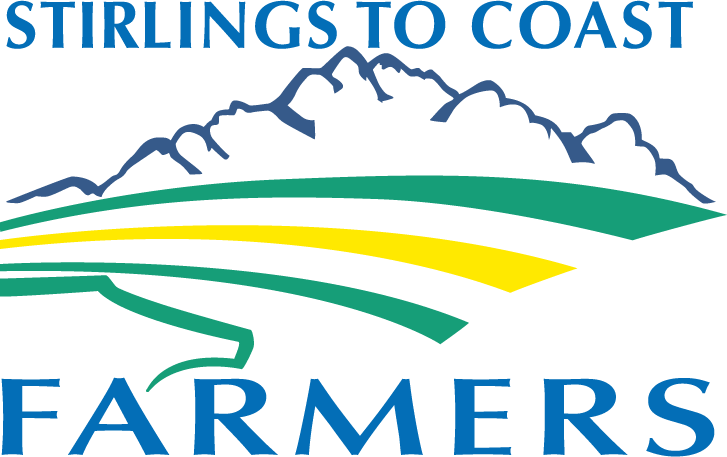Understanding trends in falling numbers in the medium to high rainfall zones of WA
The GRDC has invested in this project investigating Falling Numbers led by Stirlings to Coast Farmers and collaborating with the Southern Dirt, Fitzgerald Biosphere, South East Premium Wheat Growers Association, Ravensthorpe Agricultural Initiative and Facey grower groups. The project also has connections to work being done by the Mingenew Irwin Group and SAGI West.
Project Background:
The falling numbers test conducted on wheat assists in identifying its quality for bread-making. Low falling numbers result in down grading of wheat at receival. This is a critical issue for all growers in WA with varieties exhibiting different propensities for low falling numbers.
Research undertaken by DPIRD researchers has raised not just varietal susceptibility, but also time of sowing and the timing of rainfall as having an impact on falling numbers at harvest. In addition, Grower Network members are skeptical of the ratings given by seed companies and feel the work conducted by DPIRD researchers to date is more encompassing and therefore, accurate.
2021 is the perfect year to collect more data to assist this research in the medium to high rainfall zones of WA. There were multiple days of rain over harvest as well as a wide spread of time of sowing (TOS) dates due to early seeding opportunities across much of the grain growing region.
By March 2022, data collected will assist growers in the medium to high rainfall zones of WA to have a better understanding of how environmental, agronomic and varietal aspects impact falling number test results at harvest, and will also inform future research.
Methodology:
The project output is to collect data through surveys from 60 growers relating to agronomy & climate information and the relationship with wheat falling numbers test results. A significant part of the project is the construction of the survey. The survey will be designed around a similar survey from the project managed by the MIG in northern WA since both are GRDC investments and will keep data consistent and able to be compared across the two projects.
Our project will focus on growers with paddocks close to a high-quality weather station. This may be a publicly available station from DPIRD or BOM or high-grade private stations installed on-farm.
The final part of the project is the statistical analysis of the data sets. SAGI West will take the lead in this process supported by SCF where needed.
RESOURCES
ACKNOWLEDGEMENT
Stirlings to Coast Farmers and our collaborating partners would like to thank the GRDC for investing in this project.


